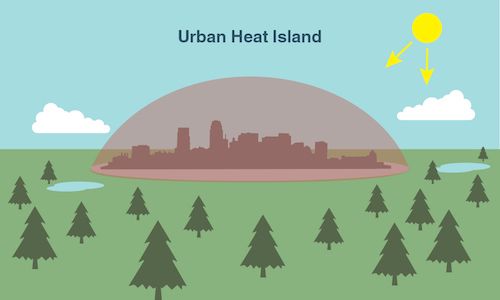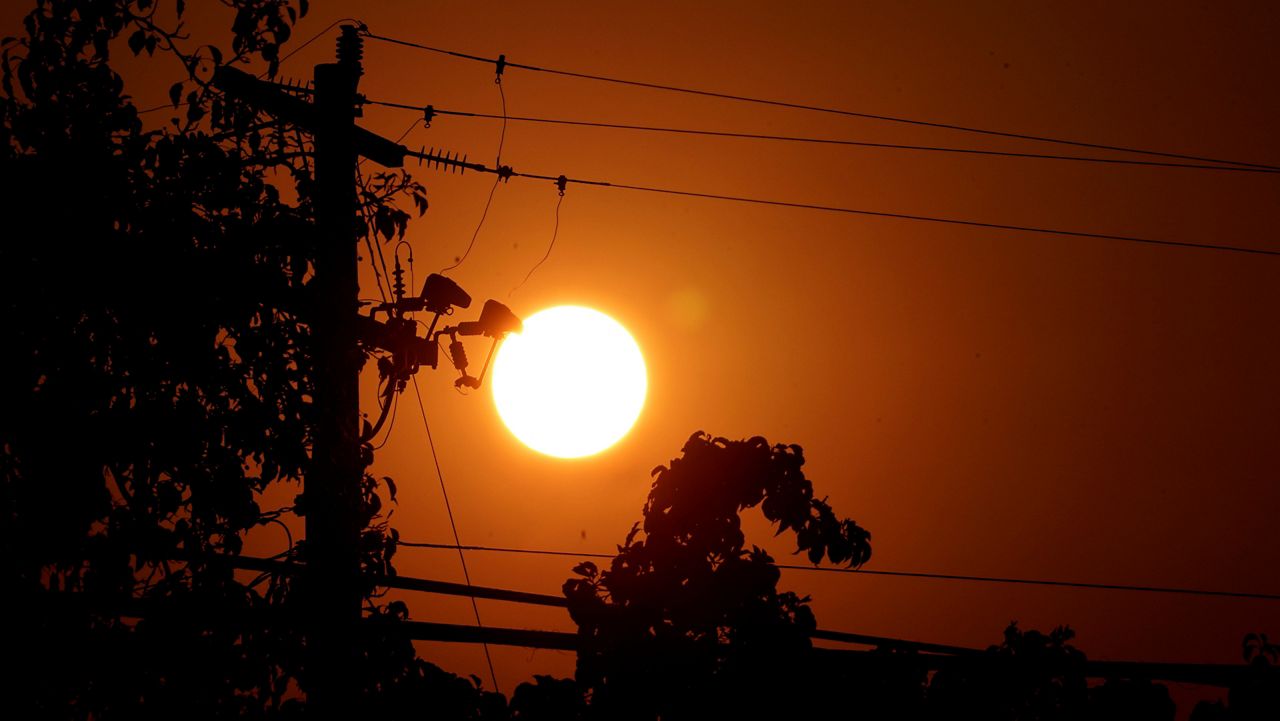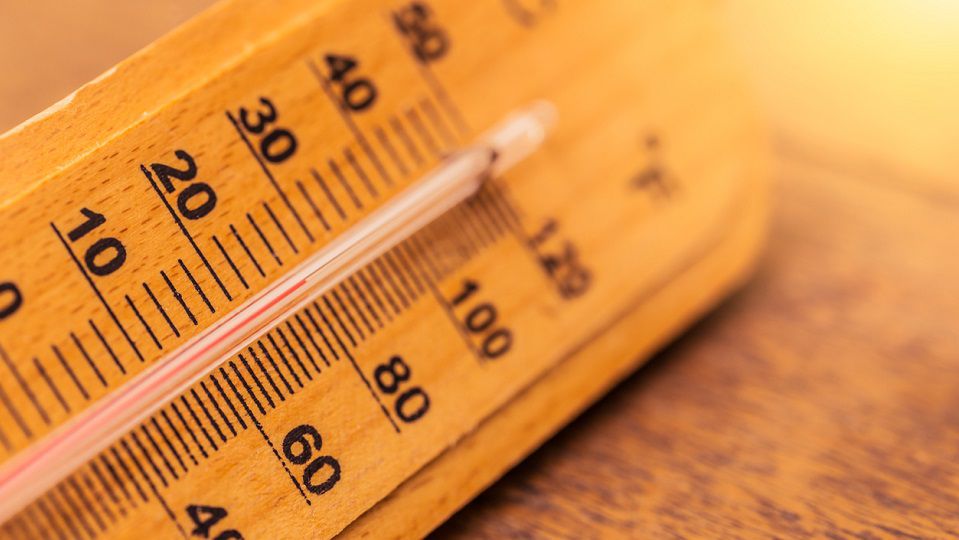If it felt hotter for you this summer than normal, you’re not wrong. The period of June to Aug. 2022 was the second-hottest meteorological summer on record, with the Northern Hemisphere two degrees above average. Heat waves surged from coast to coast, including one along the western U.S. that’s estimated to cost $9.3 billion in damages.
NOAA is now looking for local organizations and scientists to take part in a science campaign to better understand extreme warmth in their communities. The 2023 Urban Heat Island mapping campaign program is open for community organizations, university programs and scientists to apply, hoping to map out Urban Heat Island affects across their area.
The campaign is in its seventh year, managed by NOAA’s National Integrated Heat Health Information System (NIHHIS). Supported by community-based civic science campaigns, the program aims to map the hottest parts of the city’s winning communities.
The science gathered helps community and government leaders take better steps in helping to protect those most affected by high temperatures.

“The burden of heat is not shared equally in our urban areas,” said NOAA Administrator Rick Spinrad, Ph.D. in a press release by NOAA. “These mapping campaigns identify the hottest neighborhoods so communities can take action to make them cooler and lessen the health burden of extreme heat. Organizations that participate play a key role in making their communities Climate-Ready and resilient to climate change.”
In Florida, four previous cities have already taken part in the NIHHIS Urban Heat Island program. Those cities were Jacksonville, West Palm Beach, Fort Lauderdale and Miami.
The campaign runs during the summer months by a lead organization within each winning community. These organizations are typically local university programs, nonprofit groups or even a city health department.
The lead organization will then designate several citizen scientists to drive assigned routes around their communities, using sensors attached to either a car or bike which will collect data including temperature, humidity, time of day and the exact GPS location of the readings.
This data is then used to develop hyper-local and community driven maps that provide a detailed analysis of the urban environment, and how it responds to temperature throughout the course of the morning, afternoon and evening hours.

In previous campaigns, this data has helped raise awareness about local urban heat islands and identify ways to reduce heat in metropolitan communities.
In Honolulu and Cincinnati, their projects led to more tree planting projects, in hopes growing tree canopies would reduce surface temperature readings. In Raleigh, the campaign’s data led to adopting new technology that reduces heat absorbed by roadways. And in Houston, they implemented the data in the city’s Resilience Plan.
The UHI campaign is also a key part of the Biden administration’s Justice40 Initiative, which hopes to fulfill President Biden’s promise to deliver at least 40% of the overall benefits of Federal investments in climate and clean energy to disadvantaged communities.
Over the past six summers, more than 60 U.S. cities and counties have been involved in the UHI mapping campaign. Fifteen communities took part in the 2022 campaign that ended in September.
If you want to apply your community, town or county to this program for the 2023 campaign, you still have time. Applications are due by 5 p.m. on Friday, Dec. 16, 2022. Applicants will be notified if they’ve been chosen to take part in the upcoming campaign by early Feb. 2023.
Our team of meteorologists dives deep into the science of weather and breaks down timely weather data and information. To view more weather and climate stories, check out our weather blogs section.



